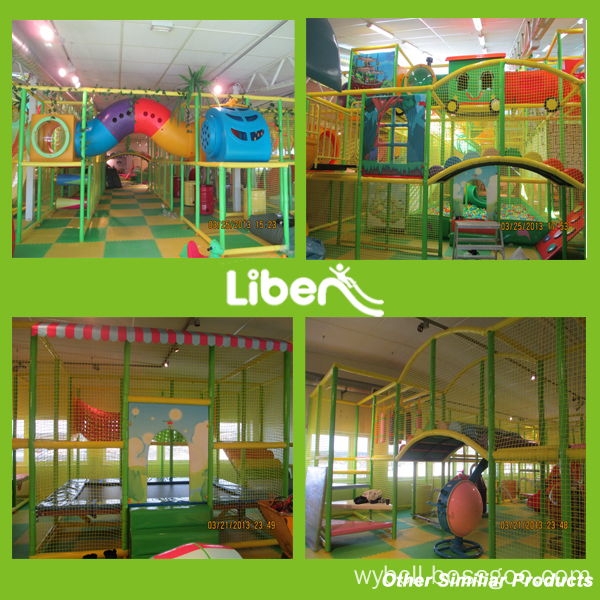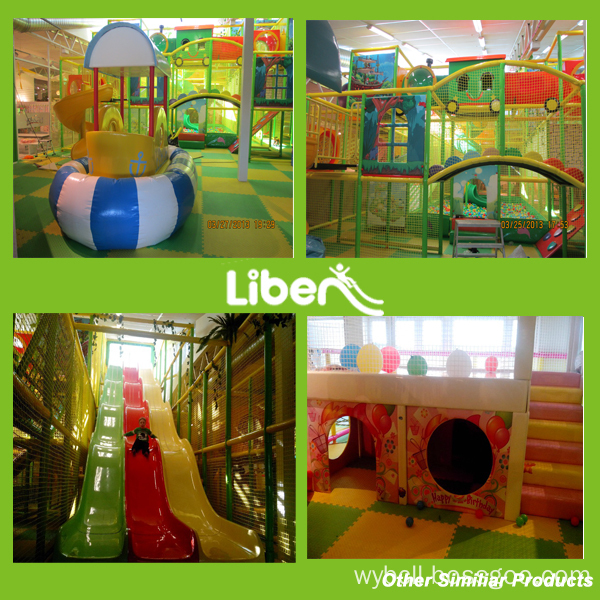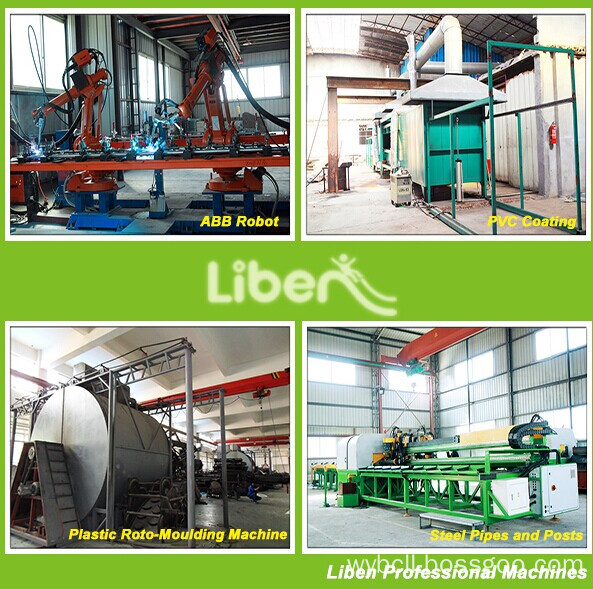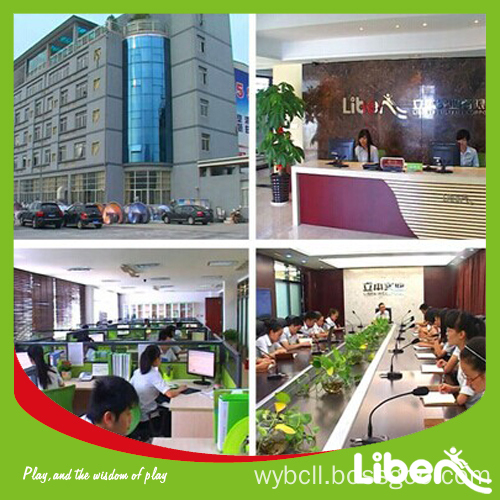Luster and color are collectively referred to as color. Because the colors are more intuitive and have a direct influence on people's mental state, emotions, and many other spiritual aspects, people started to research on color earlier. This research work has basically matured and has been acquired in daily life. A wide range of applications. Gloss is the same as color, and it can also respond to people's psychology, especially in the evaluation of print quality.
The so-called gloss of printed products refers to the brightness of printed materials on the surface of the printed products and the contrast relationship between the brightness distribution of the printed materials and the brightness of each direction. The optical properties associated with gloss mainly include surface reflected light and internal reflected light.
1. Surface reflected light, surface reflected light consists of surface normal reflection light and surface diffuse light.
Regular reflection light: rays that meet the reflection law are called regular reflection light. The intensity of the regular reflection light is related to the state of the light-receiving surface of the object except that it is related to the reflectivity of the material. In general, the smoother and smoother the surface, the stronger the reflected light. Regular reflection light is a special information reflected in the object, which has special significance for the study of gloss. Previous studies of gloss have attached great importance to regular reflections. For example, for the determination of the gloss of general smooth surfaces, mirror glosses that are directly related to regular reflections are mostly used in Japanese and American industry standards. The reflected light is basically reflected on the surface of the object, so the object has little absorption of this part of light, and its spectral composition is basically the same as the original incident light.
Diffuse light on the surface: The actual mirror is not an ideal mirror, so it will produce light diffusion. At this time, it can be considered that the light intensity reflected by many small mirrors is superimposed, and when the brightness of the diffusion surface is a constant, it is called a cosine diffuser.
2. Internally reflected light, the light refracted into the object, the internal reflection of the object to re-enter the original medium, this part of the light is called internal reflection. The internal reflection light is subject to the selective absorption of the substance, so that its spectral composition changes. If the incident light is white, the internal reflection light will become colored light and the color of the object will appear.
Imprinting and matting is one of the quality marks of printed materials. If it is glossy, it can increase the color of printed imprints; it can enhance the three-dimensional appearance of images, especially the reproduction of physical photographs, which has a glossy and more realistic image. There are many factors that affect the gloss of blotting and they are summarized in the following aspects.
One, the nature of the paper
The structural state of the paper has a decisive influence on the gloss of the imprint, which is the most basic condition. The three indexes of surface smoothness, gloss, and ink absorption of the paper will affect the gloss of printed products.
1. The effect of the surface smoothness of the paper on the gloss of the print. In order for the printed product to be specularly reflective, colorful, and glossy, it must be printed on smooth paper. The rough surface of the paper is difficult to make the print glossy, even if the flatness is good, but the formation of capillary pores between the paint particles of the paper, the permeability of the link material is large, and still can not get high-gloss products. The surface smoothness of various papers is different, and the degree of smoothness has a great influence on the gloss of the finished product. The paper with high smoothness has good contact speed with the ink, and can ensure the complete reproduction of the dots, so that the finished product has better gloss. Because the gloss of the ink on the paper is determined by the specular reflection on the incident light, only the paper with high smoothness can produce specular reflection after the ink film is leveled. On the other hand, poorly smooth, rough-surfaced paper, with imprinted ink film unevenness, can only form a diffuse reflection of light, and the finished product is not shiny. Therefore, in order to obtain a good finished gloss, exquisite and high-grade products must first be printed on paper with high smoothness.
2. The effect of paper absorbency on gloss. The ink absorbency of paper is actually the absorption property of the paper to the ink binder, and the absorption of the paper is one of the main conditions for determining the amount of permeation. If the ink has certain properties, the paper absorbs large, and the ink layer pigment overlaps and thickens. Gloss is reduced or even dull. The coarser the paper, the larger the fiber gap and the stronger the absorption of the binder. When the binder has not yet dried, most of the binder is absorbed by the fiber. The remaining binder and ink particles adhere to the surface of the paper, losing the leveling properties they should have, and failing to form a smooth ink film layer. The product is dull. For coating paper (coating paper), there are two main reasons that affect the ink absorption: First, the types of mystery tablets used in the coating and the use of materials. The lower the ratio of the adhesive to the pigment, the higher the paper's absorbability of the ink. With a low concentration of paint, the adhesive and water in the paint can easily penetrate into the thick paper, reducing the amount of adhesive in the coating, thereby increasing the ink absorption. The second is that pigments in the paint and particle fineness are also related to ink absorption. The finer the particles of the pigment, the less likely the glue in the coating is transferred to the paper base. The pigment particles are coarse, the gap between the particles is large, and the absorption of the ink is also large. Therefore, it is difficult to obtain an ideal gloss effect for the finished product.
3. The effect of paper gloss on the gloss of prints. The gloss of the paper itself has a considerable effect on the gloss of the finished product. How the gloss of the coated paper surface depends on the light-enhancing materials used in papermaking and the precision of the paper. Light-enhancing materials include aluminum stearate, paraffin wax, insect wax, etc. The finishing method is super calendering. The paper processed by the above method has a smooth surface and forms a mirror reflection (unidirectional reflection) of light. The ink with higher transparency is printed, and the finished gloss effect will be better.
4. The effect of paper strength on the gloss of prints. The paper has low strength, falling powder, and serious hair loss. When printing, the binding force between ink and paper is not high, and the gloss of the printed product is low or even dull.
5. The effect of paper pH on the gloss of prints. The pH of the paper affects the drying speed of the ink film, and the drying speed of the ink film affects the gloss of the print. Alkaline paper can accelerate the drying of the ink film, thereby relatively reducing the penetration time and the amount of permeation of the linking material, so the gloss of the print is better; the acid paper is secondarily.
(to be continued)
| Measurements (m) | can be customized |
| Certificate |
ISO14001, ISO18000, ISO9001 Certificate,
and GS certificate from TUV Company of Germany.
|
| Color | Various, according to your requirements |
| Materials |
A. Plastic parts: Imported LLDPE E. Outer cover: Soft Covering PVC
(Different material is available according to your needs)
|
| Advantage |
a.Anti-UV
b.Anti-static
c.Security
d.Environmental protection e.Uneasy to lose shape |
| Function |
1.Can protect children safe when they playing indoor, and let they enjoy the play freely 2.Suitable for improving Children energy and imagination 3.Helping them grow up happily, cleverly, and healthily |
| Installation | Professional CAD instruction, assembly procedure and project case . |
| Age Range | Children |
| Apply to | Amusement park, gymnasium, Kindergarten, Preschool, etc. |
| Packing | Standard export packing |
| Remark |
We can design and produce as your requirements |







Indoor Playground Equipment, Kids Indoor Playground Equipment, Indoor Playground Structure, Indoor Playground Equipment For Kids
Liben Group Corporation , http://www.trampolinearea.com
